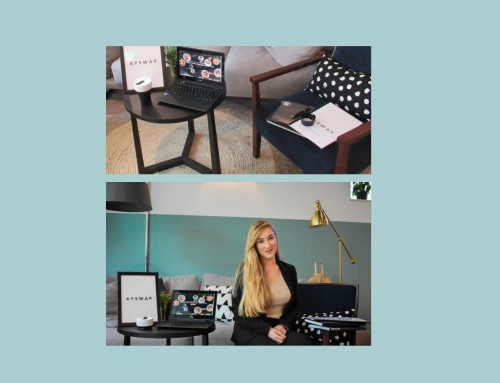1. Business model canvas
“A business model describes the rationale of how an organisation creates, delivers and captures value” A. Osterwalder, Y. Pigneur, p.14 (2010)
Business model canvas is a structure for your business. It allows you to plan cost and revenue streams, map your activities, profile customer and place the key activities. By using some of the components in that model, we can also create good predisposition when we want to take our lean prototype on the market.
Furthermore, business model allows organisations to weight the market and with the right strategy and approach adopt to it.
” Assessing your business model’s overall integrity is crucial, but looking at its components in detail can also reveal interesting paths to innovation and renewal.” A. Osterwalder, Y. Pigneur, p.216 (2010)
This is to say, SWOT analysis provides main angles which allows you to evaluate your business model. Those viewpoints within SWOT analysis consists of four main aspects. On the one hand, strengths and weaknesses, which provide the information to business ‘where are they now’, on the other hand, opportunities and threats, to recognise future evolution in the business.
Here is a suggestion on how to fill in all the boxes within the business model canvas.
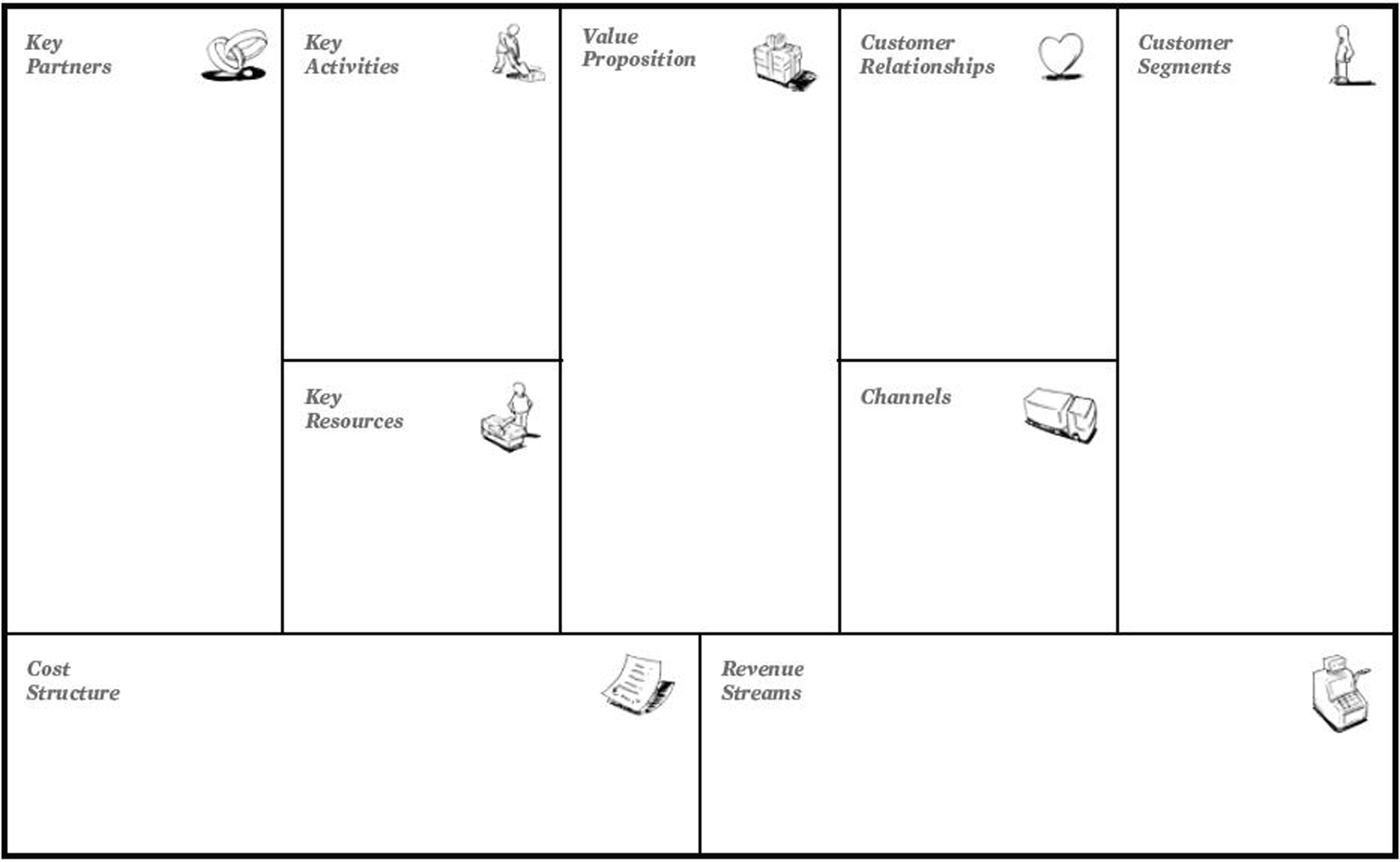 Source: https://wordpress-innovately.rhcloud.com/business-model-canvas/
Source: https://wordpress-innovately.rhcloud.com/business-model-canvas/
2. Lean canvas
Lean canvas gather the meaning of smallest solution that delivers customers’s value. It is usually divided in two sides. Left side, is mainly focused on a product, where right side focuses on a market.
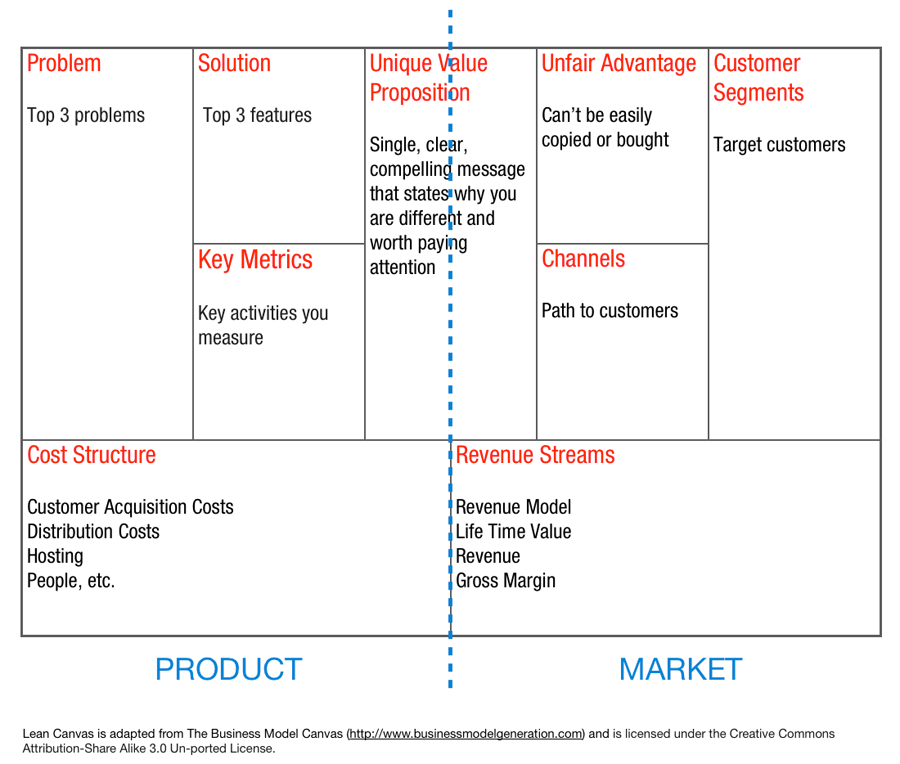
Source: https://leanstack.com/why-lean-canvas/
We can compare lean canvas with our brain. As our left side is considered to be logical and analytical, this is how left-hand side of the lean canvas should be filled in. This side of a lean canvas presents the product, which is considered to be analytical, logical part of the process. On the left hand side of the lean canvas, we fill in the details, such as problem we are solving, solutions we are adressing to solve that problem, key metrics and cost structure. Those are all the fields, where more or less we can have an influence on it.
While on the other side of the lean canvas we have market needs, where we ‘lose’ our power. We can create some opportunities, although for accomplishing those we need to use our creative skills, feeling, emotions. Similarly, as our right side of the brain that is more of an artistic nature.
LOGIC EMOTION
Source: http://weloversize.com/wp-content/uploads/2016/06/56341034_thumbnail_large.jpg
3. Value proposition canvas
This type of canvas is based on two points. Firstly, the customer segment (whom we are creating value for) and secondly, the value preposition segment (which will attracts customers). With value proposition canvas we can present more specifically those two points in order to find the product market fit.
How to specify each of the sector is presented here.
It allows us to create pain relievers and gain creators to match customer job’s pains and gains.
However, without having a great business model (point 1.), designing a value proposition canvas is not possible.
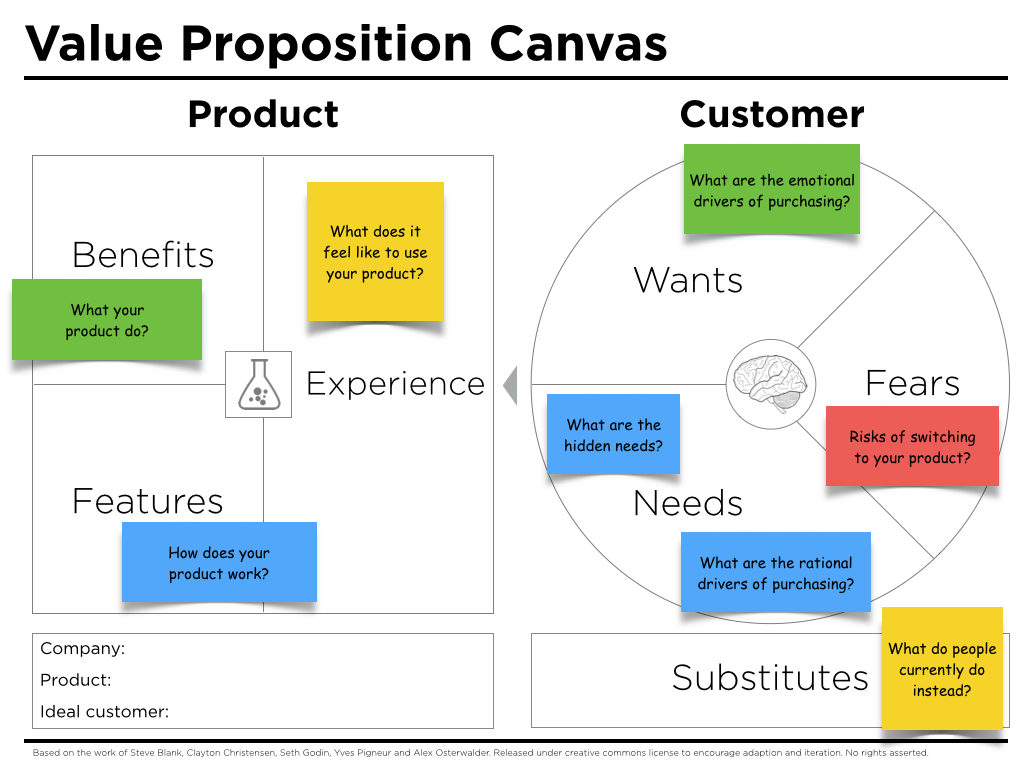 Source: http://www.peterjthomson.com/2013/11/value-proposition-canvas/
Source: http://www.peterjthomson.com/2013/11/value-proposition-canvas/
Task / Outcome
Our task was to choose one company and design lean canvas for them. Therefore, we have chosen EasyGym and analysed their strategy.
EasyGym is part of a EasyGroup, however most people would only know EasyJet, which is a British low-cost airline. EasyJet started with their marketing approach which was “making flying as affordable as a pair of jeans”. EasyGroup currently combines few branches and they expanded their business on: EasyJet, Fastjet, EasyCar, EasyBus, EasyPizza, EasyHotel, EasyOffice, EasyProperty, EasyGym, EasyFoodstore with other dormant businesses.
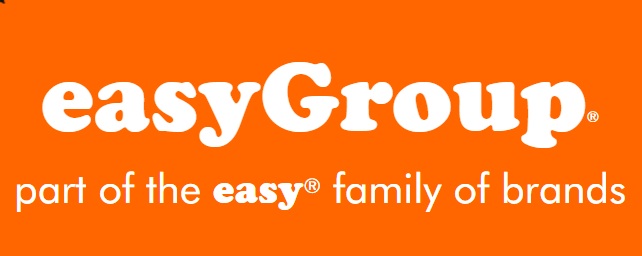 Source: http://www.easygroup.co.uk/
Source: http://www.easygroup.co.uk/
After the research, we have created the lean canvas model presented here:
To conclude, no matter which of the model presented above the business uses, as long as they connect all of the five phases, that should be included when designing a business model.
MOBILIZE– connect main elements for successful design outcome,
UNDERSTAND– analyse, research, collect information, study, identify needs & problems,
DESIGN– test design options,do prototypes,
IMPLEMENT– “implement the business model protoype in the field” A. Osterwalder, Y. Pigneur, p. 249 (2010),
MANAGE– evaluate, adapt, pivot the business model,
A. Osterwalder, Y. Pigneur (2010).
References:
1. http://www.peterjthomson.com/2013/11/value-proposition-canvas/
2. https://www.blankcanvas.io/canvases/lean-canvas
3. https://canvanizer.com/how-to-use/business-model-canvas-vs-lean-canvas
4. A. Osterwalder, Y. Pigneur (2010): Business Model Generation, John Wiley & Sons, Inc., New Jersey
5. Video clip by Strategyzer, Value Proposition Canvas Explained






